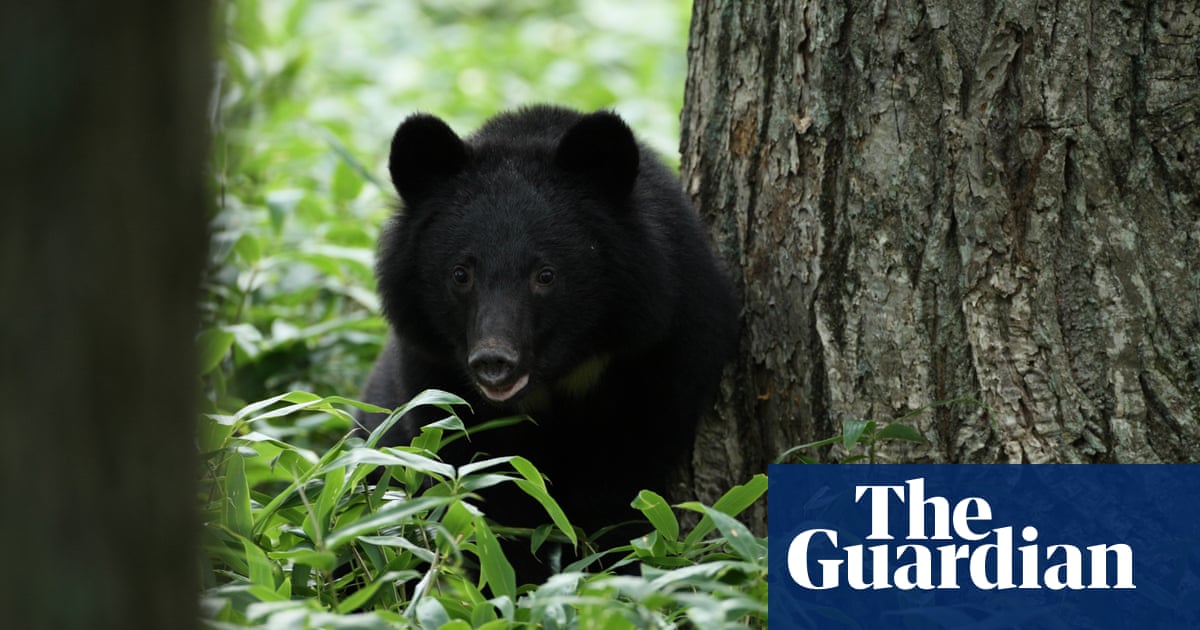Well, that’s one way to deal with an aging population
This is the best summary I could come up with:
Experts in Japan have warned that bear attacks are rising at an unprecedented rate, as the animals struggle to find food in their natural habitat.
But the blurring of the once-distinct borders between the bears’ forest homes and depopulated villages has led to more frequent contact with humans in built-up areas.
Authorities in Iwate said that more than half of the attacks reported this year had occurred in or near people’s homes, adding that a fifth of the victims had been taking preventive measures, such as carrying bells designed to scare off the animals, when they were targeted.
Earlier this month a bear attacked six people in an urban area of Akita in a single day, including a woman in her 80s and a schoolgirl waiting at a bus stop.
Shops are reporting a sharp rise in sales of items designed to scare off the animals, including bells, whistles and portable radios.
Possible solutions include establishing safe feeding spaces to prevent the animals from venturing into populated areas or leaving supplies of acorns on higher ground.
The original article contains 818 words, the summary contains 176 words. Saved 78%. I’m a bot and I’m open source!
What’s Bear Patrol even doing with all those taxes we pay?
That’s because most people skipped that storyline as boring and uninspired.

arent wild animal population naturally fluid though? they change according to availability of food or the amount of competition - that’s normal/expected, isnt it?
Different years also tend to produce different levels of mast (like acorns). Low mast years tend to have bears seeking trash cans and bird feeders as a means of meeting their nutritional needs. This leads to more human bear interactions and more conflict.
Theres always a breaking point.







